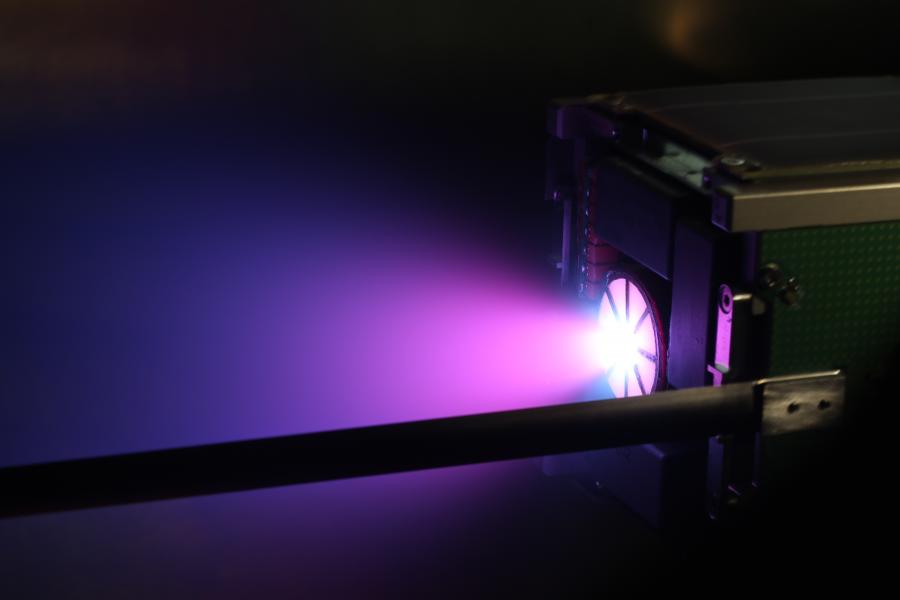On August 9, the Soyuz-2.1b carrier rocket was launched from the Baikonur Cosmodrome. It launched more than a dozen spacecraft into orbit. These included the CUBESX-HSE-2 and SXC3-214 MIET-AIS satellites, equipped with VERA (Volume-Effective Rocket-propulsion Assembly) plasma propulsion systems developed at the Institute for Laser and Plasma Technologies (LaPlas) of the MEPhI.

VERA plasma propulsion system
Andrey Kuznetsov, director of the LaPlas Institute, noted that this event is only the beginning of a large program of work to create a whole family of new satellite engines. In the coming months, the plasma engines launched into orbit will undergo flight tests, during which an optimal satellite configuration should be formed in near-Earth space to track the movement of ships.
At the same time, work is underway in the LaPlas laboratory on an improved version of VERA, which will go into flight as part of a CubeSat 3U nanosatellite at the end of this year. The new spacecraft belongs directly to MEPhI and will be under the control of the mission control center being created on the territory of the university. This will allow scientists to fulfill a larger flight test program than by placing engines on satellites owned by third parties.
There is already a preliminary agreement on the delivery next year of up to 40 plasma thrusters for nanosatellites. Potentially, this number may increase due to the appearance of orders from other satellite manufacturers. Immediately after the successful completion of flight tests, Rosoboronexport will offer plasma engines developed by MEPhI in the markets of India, China, South Africa and other BRICS countries.
In addition to the manufacture of VERA engines, this year MEPhI created a groundwork for the development of plasma propulsion systems with a power of about 100 W for minisatellites weighing 100–300 kg. First of all, for satellites based on the currently developed Pallada space platform, but not limited to it.
Minisatellites weighing 100-300 kg are the basis for the latest concept of the so-called "megaconstellations of satellites". Examples of such mega-constellations are Starlink and OneWeb. Now in Russia the Sphere project of the mega-constellation is being worked out; by 2030, it is planned to launch 638 spacecraft within its framework.





